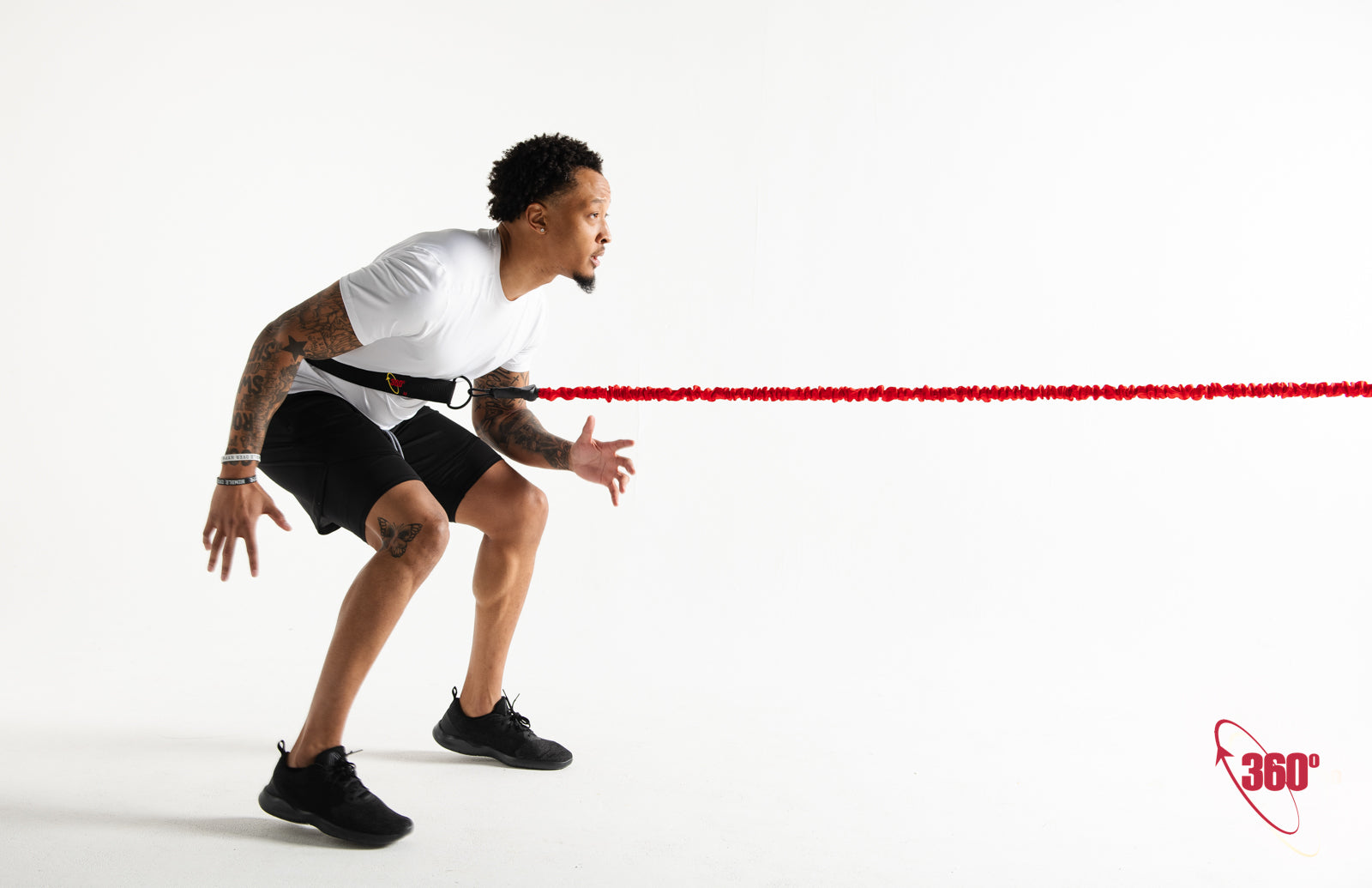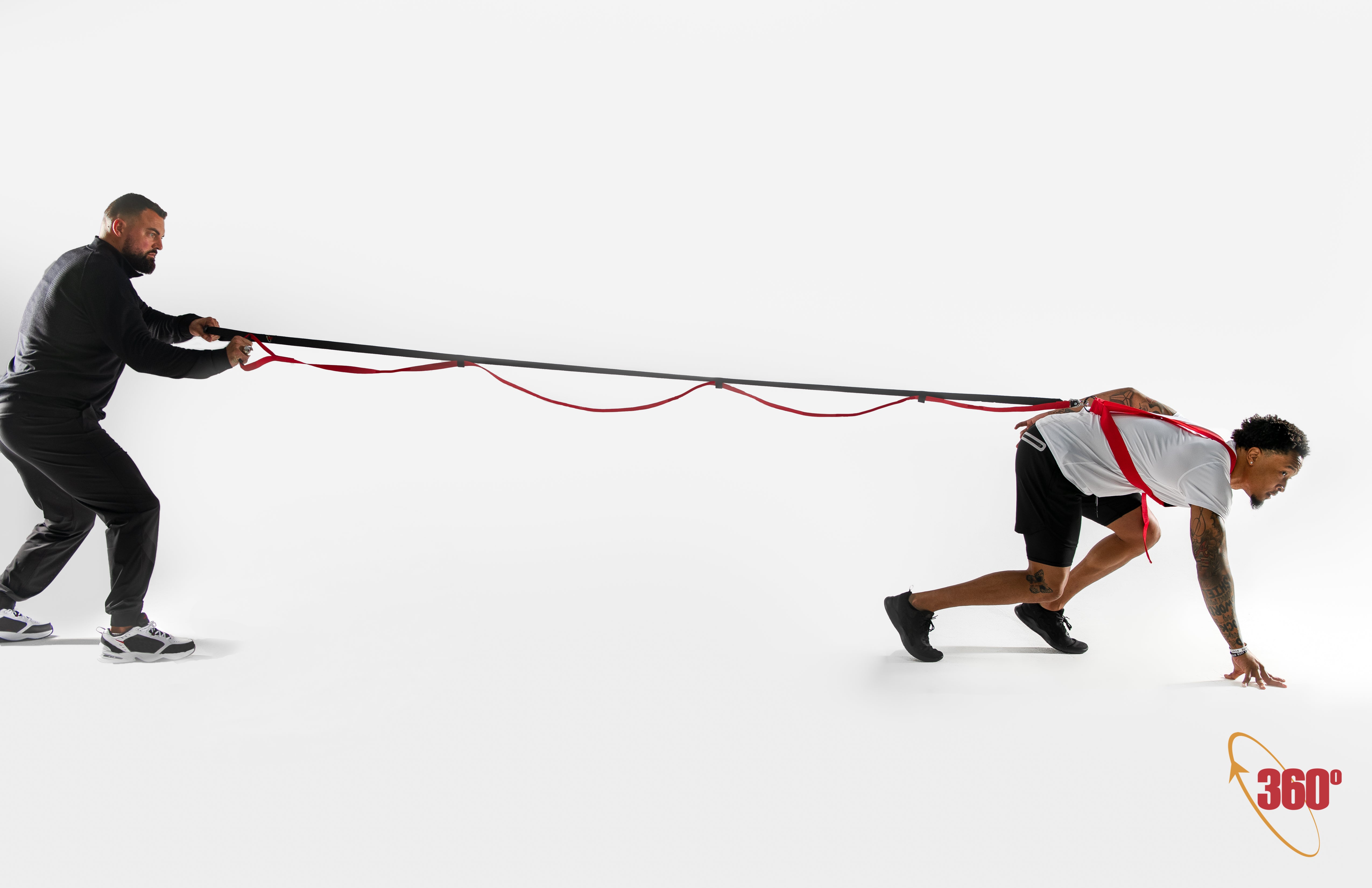As athletes, coaches, and trainers we can get easily sidetracked trying to build the impressive speed and agility displayed by top performers in various sports. We tend to put too much emphasis on results and simply getting through drills faster rather than breaking down the movement and starting at a common point for all position specific movement. The cure lies in understanding and teaching, the biomechanics of sprinting, which serves as the fundamental baseline for all movement in sports.
Sprinting is a complex athletic skill that involves the synchronized coordination of multiple muscle groups, joint movements, and energy systems. It requires precise control, explosive power, and efficient mechanics. By delving into the biomechanics of sprinting, we gain valuable insights that can enhance performance across a range of sports.
At its core, sprinting involves optimizing (not lengthening) stride length and frequency while minimizing ground contact time. The biomechanics behind these principles are key to generating optimal power, speed, and agility. By analyzing the movements of elite sprinters, we can identify valuable lessons that apply to various athletic disciplines.
Proper sprinting mechanics emphasize key elements such as body position, shin angle, arm swing, leg drive, foot strike, and hip rotation. These factors contribute to efficient force production, effective energy transfer, and reduced wasted motion. By mastering these fundamentals, athletes can enhance their acceleration, top speed, change of direction, and overall athletic performance.
Understanding the biomechanics of sprinting goes beyond running fast. It provides a blueprint for athletes to optimize their movement patterns in specific sports contexts. Whether it's a basketball player driving to the hoop, a soccer player executing quick changes in direction, or a tennis player exploding to reach a ball, the principles of sprinting form the foundation for efficient and powerful movement.
Coaches and trainers play a vital role in educating athletes about the biomechanics of sprinting. By integrating sprint-specific training drills, focusing on proper form and technique, and utilizing cutting-edge technologies, they can help athletes unlock their full potential. When athletes develop a solid sprinting foundation, it positively impacts their overall athleticism, injury prevention, and performance longevity.
360° Sports Academy, and our resident Super Bowl winning S&T Coach Travis Crittenden, have been working with Performance Trainers all over the country, teaching our Bio-hacking performance training methods with amazing results.
Check out our other blog posts for more like this and visit our website to check out why 360° Sports Academy powers the NFL, MLB, and major NCAA programs.





